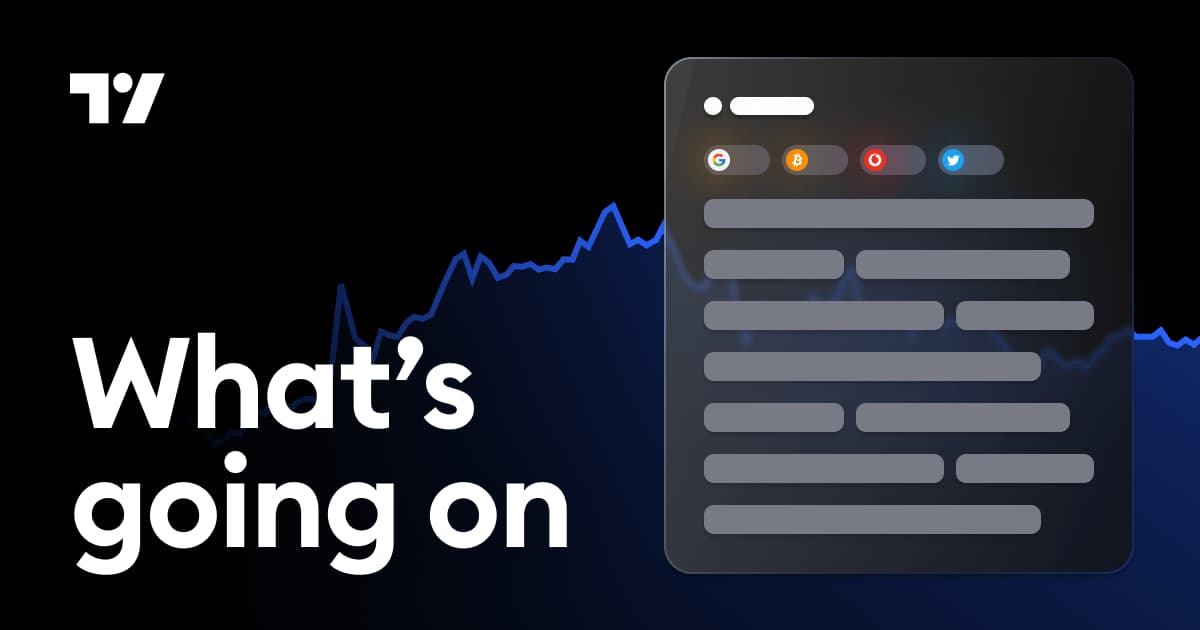Concerns Arise Over OpenAI’s AI Safety: Insiders Alert to Hasty Release of New Models

OpenAI’s Accelerated AI Model Review Process
In recent years, OpenAI has evolved significantly, and a noticeable shift in its approach to AI safety evaluations has raised concerns among both experts and insiders. Once recognized for its diligent safety checks, the organization is now under pressure to expedite the release of its latest large language models. This article will delve into the current practices OpenAI is adopting, the reasons behind this rapid pace, and the potential implications.
A Shift from Thorough Evaluations
OpenAI, valued at approximately $300 billion, has altered its model evaluation timeline dramatically. Previously, models like GPT-4 underwent about six months of rigorous scrutiny before launch. In stark contrast, the latest model, referred to as o3, is expected to be tested over just a few days. This change indicates a marked shift from OpenAI’s earlier philosophy, which emphasized safety as a top priority.
Reasons for Speeding Up
Competitive Pressure
The primary catalyst for this rapid release cycle is competition. Major players in the tech industry, including Google, Meta, and Elon Musk’s xAI, are also racing to advance their AI innovations. OpenAI is eager to maintain its market leader status and is pushing to get the o3 model operational swiftly.
Lack of Binding Safety Regulations
In the United States and the United Kingdom, there are currently no stringent safety laws governing AI technology, only voluntary pledges from companies. This regulatory vacuum allows OpenAI and other companies to expedite their processes without fear of legal repercussions. Meanwhile, Europe is preparing to roll out the AI Act, which will impose more stringent requirements, but until then, the environment remains somewhat lax.
Concerns Raised by Insiders
While OpenAI continues to assert that its evaluation methods remain meticulous, multiple insiders have expressed concerns regarding the efficacy of these safety tests. According to these sources, crucial evaluations are not happening on the final models, allowing potential dangers to go unchecked.
- Risks of Incomplete Testing: When safety checks are conducted on incomplete or pre-release versions, there is a significant risk that hazardous capabilities could slip through unnoticed.
- Potential for Misuse: With the increasing power of these models, the ability to misuse them grows. As AI capabilities expand, so too do the avenues for potential harm, which raises ethical and safety considerations.
The Spectrum of Innovation versus Safety
As OpenAI accelerates its model releases to align with market demands, there exists a critical tension between promoting innovation and ensuring safety. While this speed-oriented strategy may boost immediate advancements in AI, the long-term repercussions could be profound. With safety measures being compromised, any missteps could result in serious international backlash, affecting not only OpenAI but the broader AI ecosystem.
The AI industry is at a crossroads, with the balance between progress and safety looming large. The current trajectory taken by OpenAI raises important questions about the nature of risk in technological advancement and the responsibilities that come with innovating in such a powerful field.




